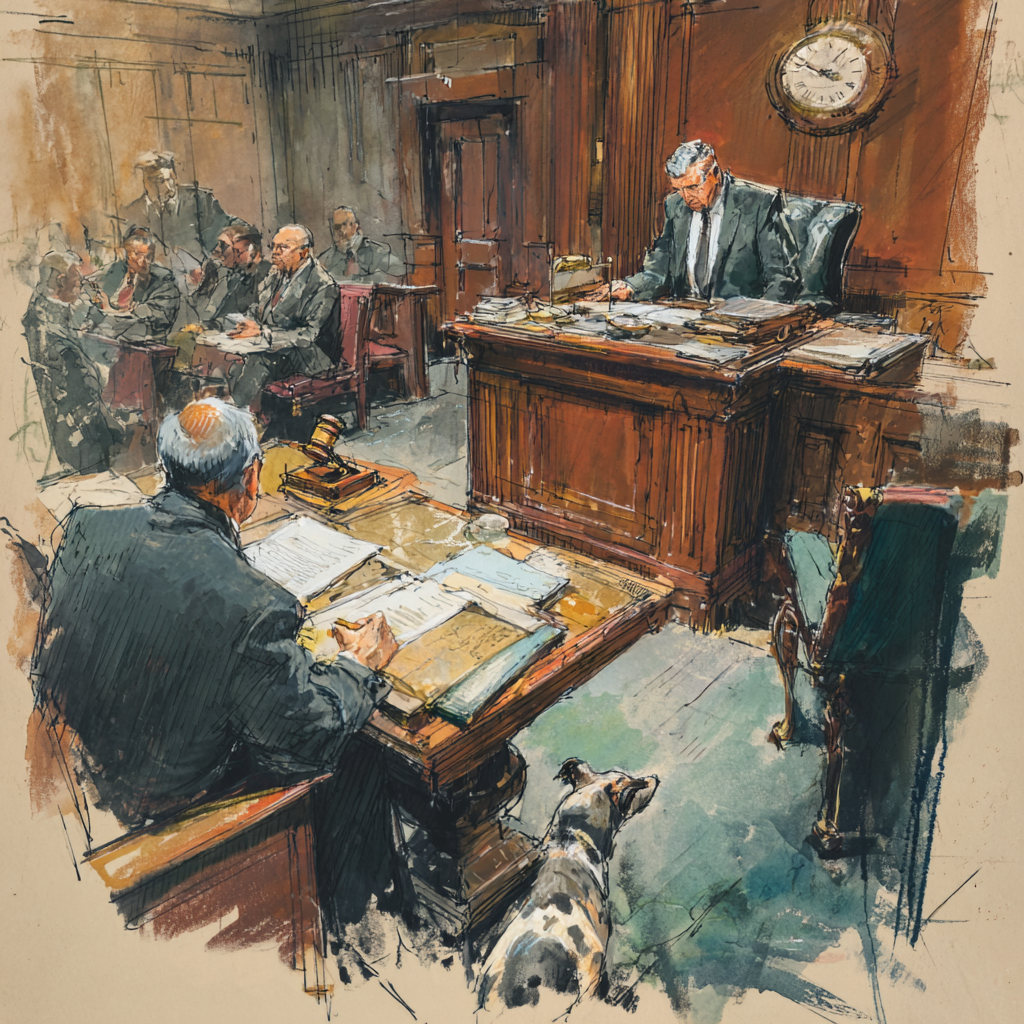Genovese v State Farm Mut. Auto. Ins. Co., 2013 NY Slip Op 03453 (App. Term 2d Dept. 2013)
“The complaint alleged, among other things, that the plaintiff entered into an insurance contract for State Farm to provide the plaintiff with no-fault insurance benefits if he was involved in a car accident, and that State Farm breached the contract by denying coverage for medical services. Since the allegations in the complaint were sufficient to state a breach of contract cause of action, the Supreme Court should have denied that branch of State Farm’s motion which was pursuant to CPLR 3211(a)(7) to dismiss the first cause of action.
The Supreme Court properly granted that branch of State Farm’s motion which was pursuant to CPLR 3211(a)(7) to dismiss the second cause of action, which sought consequential damages for breach of the no-fault insurance benefits policy. The plaintiff’s prolix allegations, when “[s]tripped of their verbiage” (United States Fid. & Guar. Co. v Pressler, 77 NY2d 921, 923), do not adequately plead facts that would support a finding that his damages for pain and suffering arose out of State Farm’s alleged breach of its obligations under its no-fault insurance contract with him (see id. at 923).”
This was Mr. Zuppa’s case. I omitted the fact that his fraud causes of action were booted. I think the 3211(a)(7) portion and the fact that the court was unhappy with his prolix allegations was enough to post. Admittedly, I had to google the word prolix – I never encountered it before in my 30+ years on this earth. That word in the history of the published decisions in New York has been used 167 times. Not a lot when you consider that our courts probably generate over 10,000 opinions a year. Incidentally, the last time the Second Department used the prolix was in 2007 (Data Tree, LLC v. Romaine, 36 A.D.3d 804, 828 N.Y.S.2d 512, 2007 N.Y. Slip Op. 00526, N.Y.A.D. 2 Dept., January 23, 2007 (NO. 2005-06121, 19331/04).
Knowing the Plaintiff, the complaint read like a novel.









